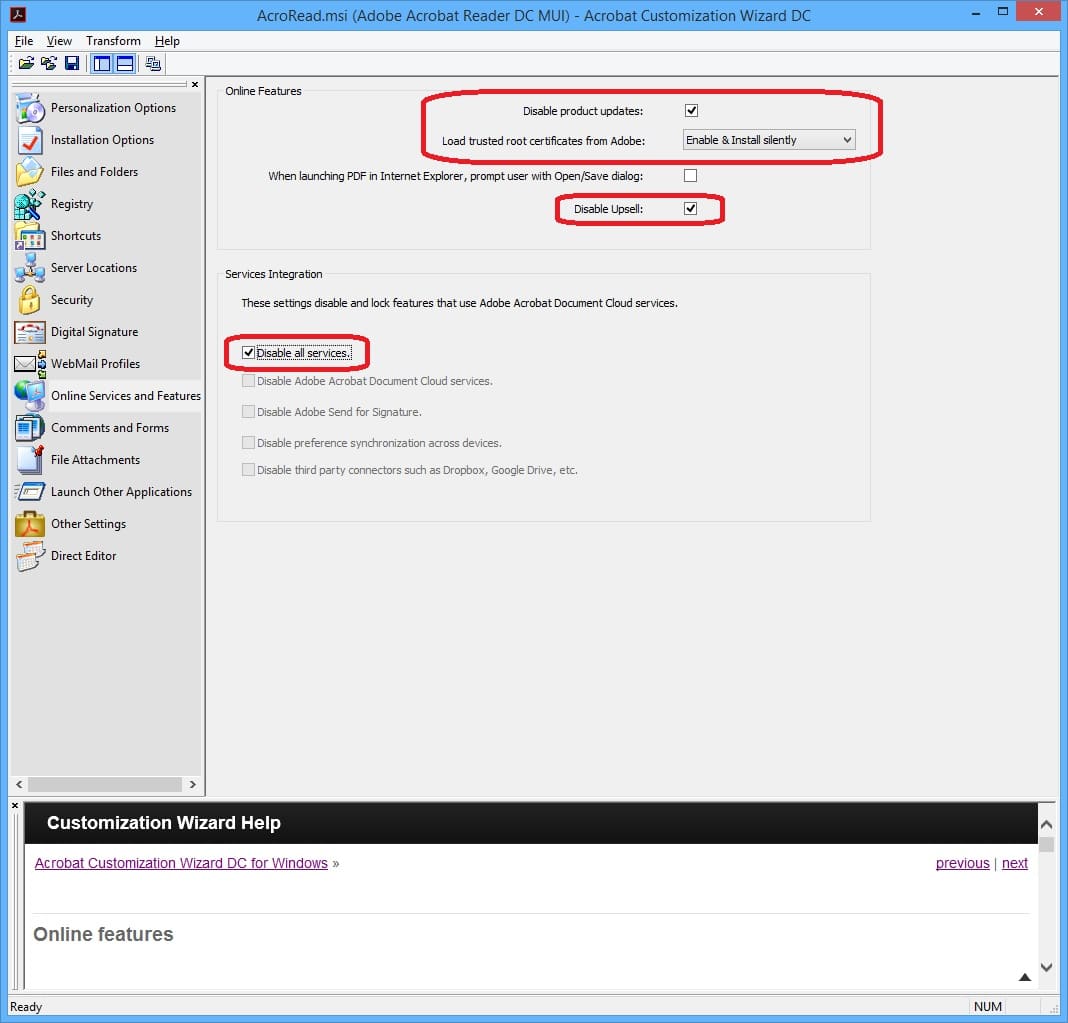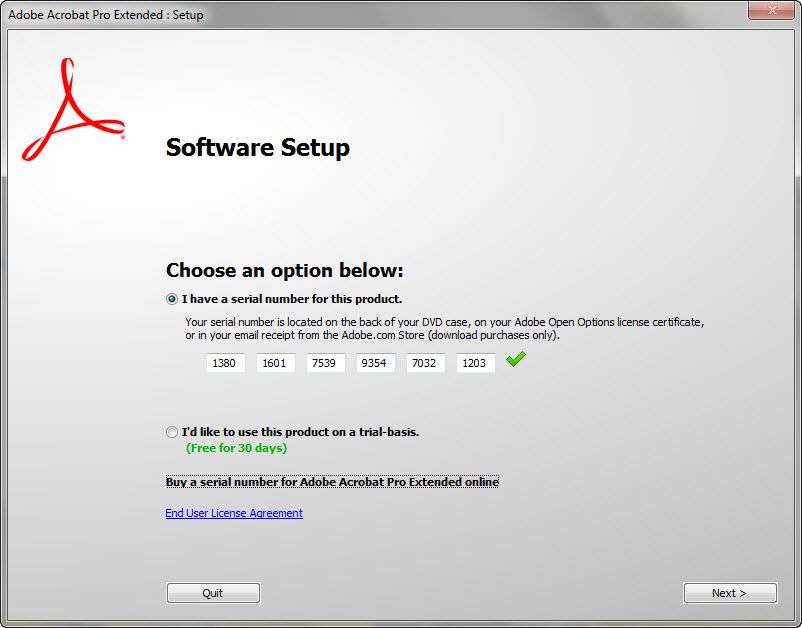
You can also just take the completely lazy (but totally functional) route and just have a single deployment for Reader for both installation and updates with the batch: Disclaimer: test first, and consider creating a separate application for each update if you need greater control.


Whenever a new update is released, just replace the msp with the new patch.msp, change the detection method to the latest version of AcroRead.exe, then just click the deployment type and hit "update content." All your stuff will then get the latest update at their next maintenance window. What I do for Acrobat/Reader stuff is rename the msp to "patch.msp." Create a separate deployment for Reader updates with a batch script (install.bat) that just runs:


 0 kommentar(er)
0 kommentar(er)
